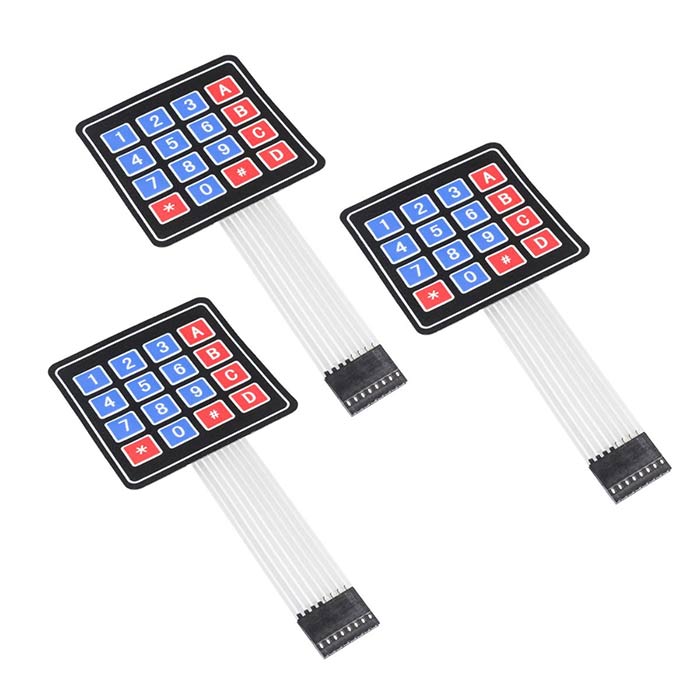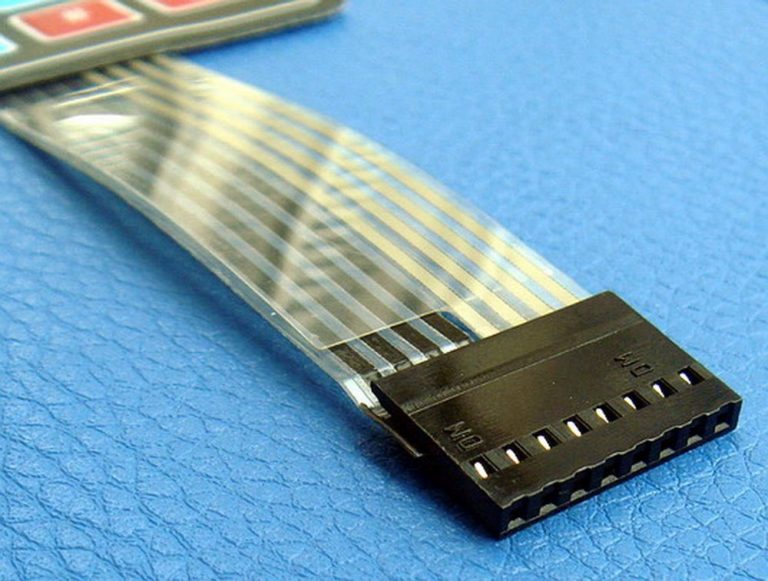Many businesses rely on a reputable membrane switch manufacturer for long-lasting solutions.
Many businesses rely on a reputable membrane switch manufacturer for long-lasting solutions.
Blog Article
Everything About Membrane Switch Over: Comprehending Its Style and Functionality
When you assume about the control user interfaces in contemporary devices, membrane layer switches commonly come to mind. Allow's explore what sets membrane changes apart from other control systems.
What Are Membrane Buttons?

Their seamless nature makes them easy to clean and resistant to dust and dampness, an essential function in several environments. Membrane buttons can additionally be personalized relating to shape, size, and graphics, permitting manufacturers to create one-of-a-kind interfaces customized to particular products. Plus, they're lightweight and thin, which helps in decreasing the total mass of tools. In general, membrane buttons play a considerable function in enhancing user experience across a large variety of applications.
How Membrane Switches Over Work
When you press a key on a membrane button, it turns on a simple yet effective device. membrane switch manufacturer. The leading layer, frequently made of versatile material, presses down onto a conductive layer under it.
You'll discover that the tactile responses varies based upon the button design, using either a soft click or a much more obvious feedback. When you release the key, the membrane layer go back to its original setting, resuming the circuit and stopping the signal. This process happens almost instantly, ensuring a responsive user experience.
Membrane layer buttons are prominent as a result of their toughness and resistance to dust and wetness, making them ideal for different applications, from house devices to medical tools. Comprehending this operation assists you appreciate their prevalent use.
Trick Components of Membrane Layer Buttons
Recognizing the vital components of membrane buttons is fundamental for grasping their capability and layout. The safety layer guards against environmental factors and wear, expanding the button's lifespan. By recognizing these elements, you'll gain insight into how membrane changes operate and their value in numerous applications.
Materials Utilized in Membrane Layer Change Style
The efficiency and sturdiness of membrane switches over greatly rely on the products used in their style. You typically run into polyester and polycarbonate as primary substrates due to their excellent strength and adaptability. These products withstand scratches and chemicals, making them excellent for demanding settings.
The conductive layers commonly use silver or carbon, chosen for their dependability and conductivity. membrane switch manufacturer. Silver gives exceptional performance, while carbon is a cost-efficient option. For the overlay, you could take into consideration a matte or shiny finish, depending upon your aesthetic requirements and individual experience
Make particular to choose adhesives that endure ecological variables like temperature level and humidity. Selecting the ideal products will certainly ensure your membrane switch stands the test of time.
Style Considerations for Membrane Layer Buttons
While developing membrane layer buttons, it's crucial to take into consideration different elements that influence their performance and individual experience. Start by concentrating on the layout and switch dimension; ensure they're instinctive and very easy to navigate. Think about the responsive comments you intend to offer-- will individuals need an obvious click or a softer touch? In addition, consider the materials you'll make use of, as they'll impact sturdiness and looks.
Do not overlook the visuals design; clear labeling and shade contrast are considerable for visibility. Confirm your design fits ecological factors, like wetness or temperature level variations, which could impact efficiency. Keep in mind the importance of testing prototypes with genuine users to collect feedback and make essential adjustments. This iterative process assists you refine the layout, validating it satisfies both functional and visual demands successfully. By meticulously thinking about these elements, you'll develop a membrane layer button that enhances use and contentment.
Applications of Membrane Layer Buttons
Membrane layer buttons are flexible parts located in numerous applications, from commercial equipment to consumer electronics. You'll see their influence in devices that call for company website sturdy interfaces and in tools that benefit from streamlined layouts. Comprehending these applications helps you look at here value the functionality and practicality of membrane layer switches in daily modern technology.
Industrial Tools Use
When you're aiming to boost the performance of industrial devices, membrane switches use a reputable solution that incorporates resilience with straightforward design. These switches are best for rough environments, supplying resistance to dust, moisture, and chemicals. You'll find them in control panels for manufacturing devices, HVAC systems, and medical gadgets, where accuracy and responsiveness are essential. Their reduced account suggests they fit effortlessly right into various equipment, conserving important area while keeping ease of usage. With adjustable graphics and backlighting choices, you can produce an instinctive user interface for operators, improving performance and security. And also, their lengthy life-span lowers maintenance expenses, making them a clever investment for your commercial applications. Embrace membrane switches to improve your procedures and boost total performance.
Customer Electronics Assimilation
In the domain name of customer electronics, membrane buttons play a necessary role in enhancing customer communication and gadget performance. Membrane switches also ensure durability and resistance to dirt and dampness, prolonging the life-span of your electronics. By selecting membrane buttons, you enhance not just the functionality but also the design of your devices, making daily communications smooth and enjoyable.
Benefits and Downsides of Membrane Layer Switches
While membrane switches offer an array of advantages, they likewise feature some downsides that you need to take into consideration. One considerable advantage is their small style, making them perfect for space-constrained applications. They're also cost-effective, giving a resilient remedy with a reduced production expense. Furthermore, their seamless surface area is very easy to clean, boosting health in environments like medical facilities.

Membrane buttons can have a shorter lifespan compared to mechanical switches, specifically under heavy use. They can also be less responsive, which could influence individual responses throughout operation. Stabilizing these pros and disadvantages will certainly help you determine if membrane layer buttons are the Learn More Here appropriate fit for your task.
Regularly Asked Concerns
For How Long Do Membrane Switches Generally Last?
Membrane switches commonly last in between 5 to one decade, depending on usage and environmental conditions. You'll intend to assess factors like wear, direct exposure to moisture, and temperature fluctuations to evaluate their longevity efficiently.
Can Membrane Layer Switches Over Be Personalized for Details Layouts?
Yes, you can customize membrane switches to fit particular layouts (membrane switch manufacturer). You'll have the liberty to choose colors, forms, and formats that match your job's demands, ensuring they blend seamlessly with your general aesthetic
What Is the Price Array for Membrane Layer Switch Over Manufacturing?
The expense range for membrane layer button manufacturing normally drops in between $1 and $10 each, relying on variables like design intricacy, amount, and products. You can obtain quotes from makers to find the finest option.

Are Membrane Changes Water-proof or Resistant?
Membrane layer buttons can be developed to be waterproof or resistant, depending on products used and building approaches. If you require them for damp environments, guarantee you specify those demands during the design procedure.
Just How Do Membrane Layer Switches Contrast to Traditional Buttons?
Membrane switches are normally thinner and much more adaptable than standard buttons, supplying a streamlined layout. They're often much easier to cleanse and incorporate, but might not offer the responsive comments you're used to with mechanical choices.
Conclusion

Report this page